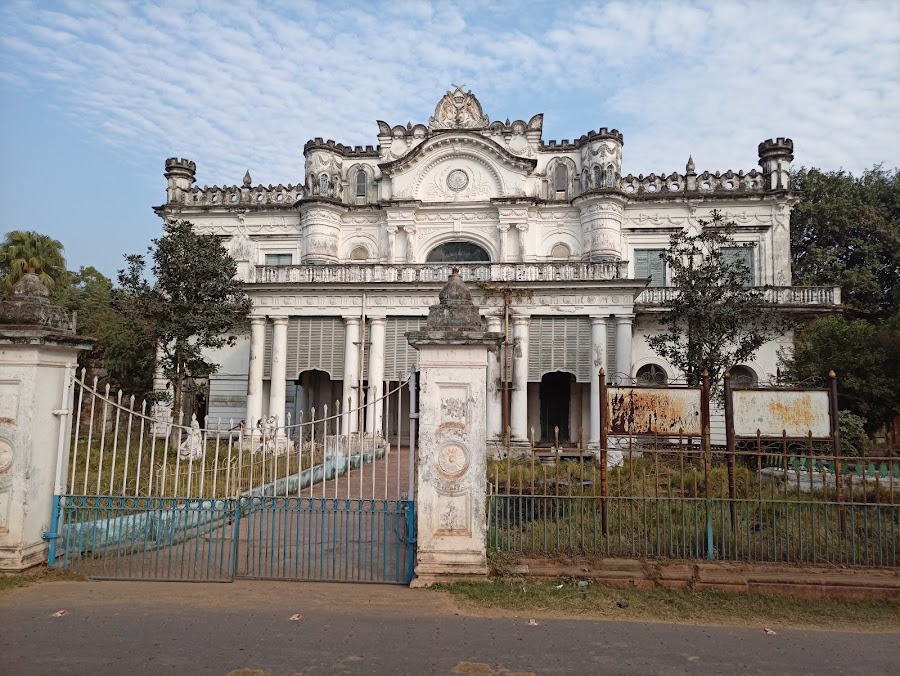
Wasif Manzil
Murshidabad, India
- Admire the European-Islamic architectural blend
- Explore the Durbar Hall and Palace grounds
- Learn about the Nawabs of Murshidabad
- Photography of the intricate stucco work
Known for:
Description:
Wasif Manzil, also known as the New Palace, stands as a testament to the opulent lifestyle of the Nawabs of Murshidabad. While not as grand as Hazarduari Palace, this 20th-century palace offers a glimpse into the later era of the Nawabi rule. The palace showcases a blend of European and Islamic architectural styles, featuring intricate stucco work, grand arches, and spacious halls. Though a portion of the palace is now in ruins, the remaining structure still exudes a regal charm, attracting history enthusiasts and architecture aficionados. Visitors can explore the Durbar Hall, admire the antique furniture, and imagine the lavish ceremonies that once took place within its walls. The palace grounds also provide a serene environment for a leisurely stroll.
History:
Built by Nawab Wasif Ali Mirza in the early 20th century, Wasif Manzil served as his residence and a venue for official functions. It represents a shift in the Nawabi architecture, incorporating European influences more prominently than earlier structures. The palace witnessed the decline of the Nawabi power as British influence grew in the region. It stands as a symbol of a bygone era, a period when Murshidabad was a center of political and cultural significance. After independence, parts of the palace fell into disrepair, but efforts are underway to preserve and restore this historical landmark. Today, it serves as a reminder of the Nawabs' legacy and their contribution to the region's rich heritage.